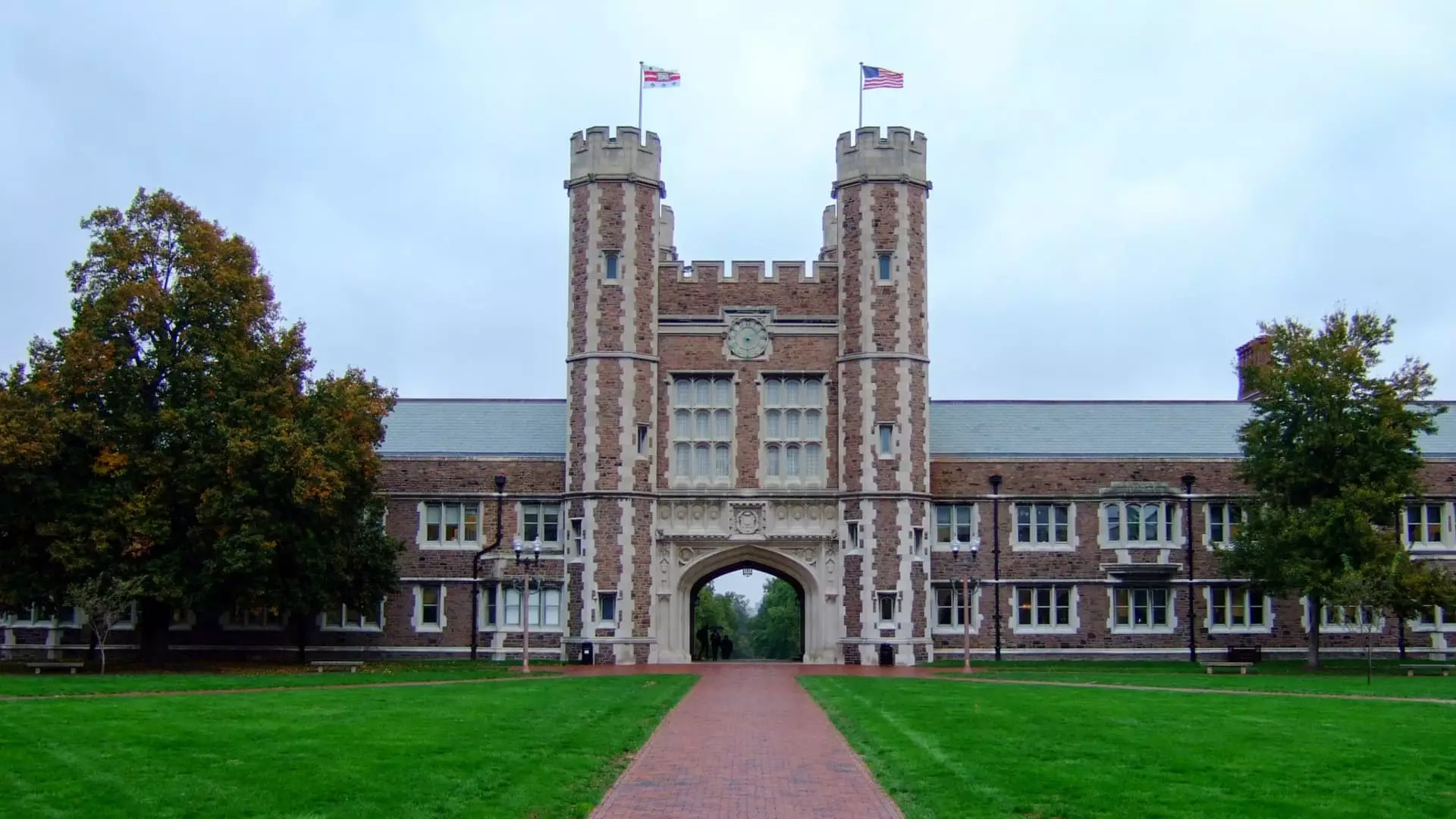The cost of a college education has been steadily rising over the years, with schools like New York University, Tufts, Brown, Yale, and Washington University in St. Louis now nearing a price tag of six figures per year. This includes tuition, fees, room and board, books, transportation, and other expenses. According to data provided to CNBC, eight institutions on The Princeton Review’s “The Best 389 Colleges” list have already set their costs for the 2024-25 academic year at more than $90,000 per year. With tuition adjustments averaging around 4% annually, it is estimated that these institutions, among others, could surpass the $100,000 mark as early as 2026.
Despite the steep sticker prices, it is important to note that many families do not pay the full cost of attendance. Approximately two-thirds of full-time students receive financial aid, which can significantly reduce the out-of-pocket expenses for families. The Princeton Review even ranks colleges based on the amount of financial aid awarded and the satisfaction level of students with their aid packages. For example, Washington University in St. Louis provides an average scholarship award of over $65,000 per year, bringing the total cost down to around $26,000. Private schools, in particular, often have more resources to offer generous aid packages, making them some of the most affordable options in the country.
According to Sallie Mae’s annual How America Pays for College report, the average amount families spent on education costs in the 2022-23 academic year was $28,026. While parental income and savings cover nearly half of college costs, scholarships and grants account for more than a quarter of expenses, with student loans making up the remaining balance. The U.S. Department of Education allocates approximately $120 billion annually to assist students in paying for higher education. In addition to federal aid, students may be eligible for financial assistance from their state or college, but the first step is to complete the Free Application for Federal Student Aid (FAFSA).
Despite the availability of financial aid, many students and families have been discouraged from completing the FAFSA due to challenges with the new application process. As of the latest count, only 6.6 million FAFSA forms have been submitted, a significant decrease from the usual 17 million students who use the FAFSA form in a typical year. Under the new aid formula, an additional 2.1 million students are projected to be eligible for the maximum Pell Grant. Robert Franek, editor-in-chief of The Princeton Review, emphasizes the importance of the FAFSA form in accessing federal money, including loans, work-study, and grants, especially during these difficult times.

